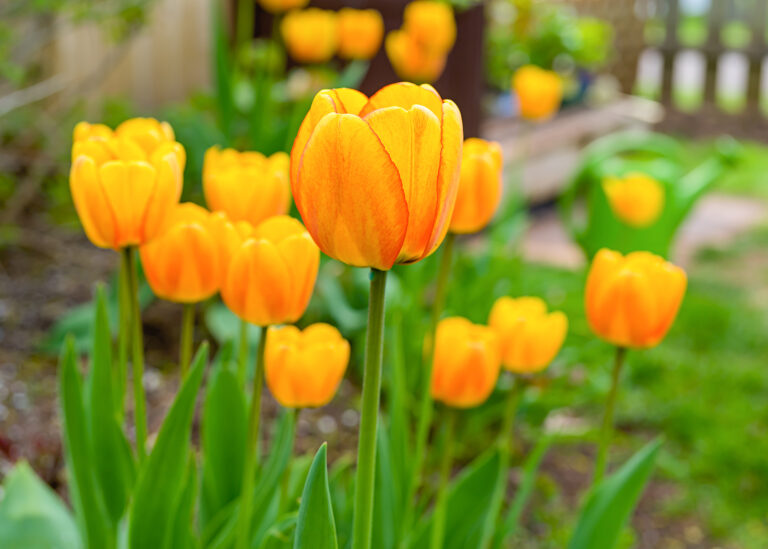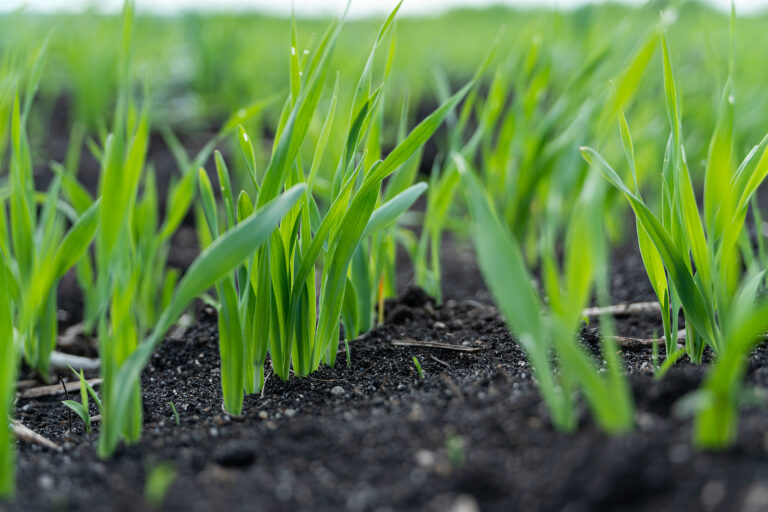Florida and Gulf Coast Gardening
Florida and a good part of the Gulf Coast enjoy almost year-round gardening weather. Winters are mild and summers are hot and humid in Florida and much of the Gulf Coast.
Monthly and seasonal advice for gardeners in most of the country often does not apply to gardeners in Florida and along the Gulf Coast.
Garden experience is the best reference for gardeners in what some call reverse-season gardens. A reverse-season garden is one where warm-climate plants—annuals and vegetables in particular—can be grown in fall, winter, and spring instead of summer. Summer can be too hot and too humid in sub-tropical regions for many plants.
Here are some gardening tips and suggestions for gardeners in Florida, along the Gulf Coast, and in other sub-tropical regions:
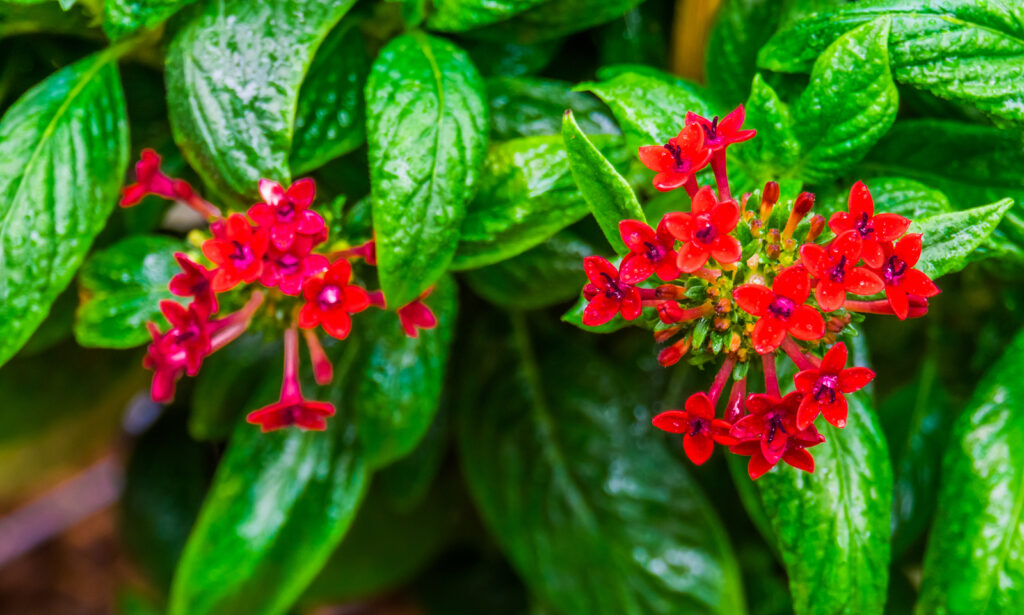
Understand reverse season gardening
- Where summers are very hot and humid and tropical rains are a daily occurrence, the best time of the year for growing many plants may be winter—not summer; that is the definition of reverse-season gardening. Study historical rainfall and temperature highs and lows for each month where you live. Garden in the time of the year when rainfall is not heavy and daily temperatures average 70-75°F; this is the best growing season for most plants; this may be the winter, not summer months.
- Embrace the seasons: the warm time of the year is long. The cool time of the year is short. Check at a nearby garden center for a list of long-blooming annuals and perennials and plan a succession of color. Garden centers often have color succession planting lists
Know which plants won’t thrive
- Summer is too hot and humid for some traditionally warm-weather annuals such as petunias and impatiens so grow them in the cooler time of the year. Check with a nearby garden center for a list of annuals and perennials that can thrive in your area.
- Perennial plants that grow well in other parts of the country such as delphinium, thyme, and yarrow, can not withstand the summer heat in Florida or other subtropical regions; they should be grown as annuals. Peonies and lilacs often do not grow at all in subtropical gardens.
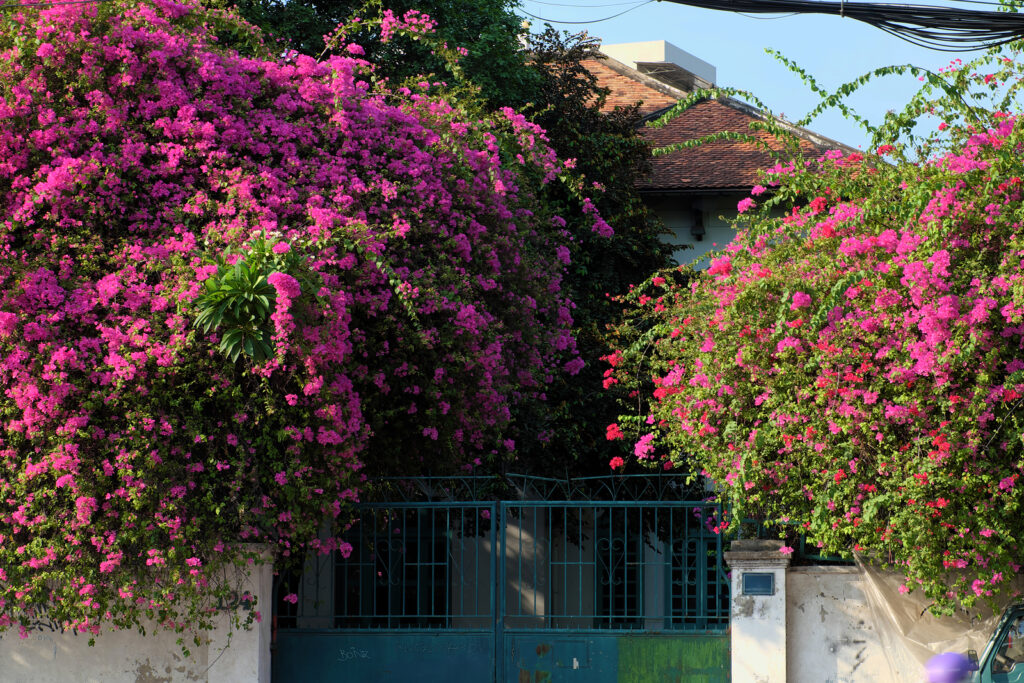
Grow heat-tolerant plants
- Look at plant labels and descriptions for the specific temperature tolerance of each plant. Make sure the plants you get can tolerate not only annual average low temperatures but also annual average high temperatures.
Grow sub-tropical plants
- If your climate experiences high humidity, plant tropical, and subtropical plants native to regions of the world where high humidity is the norm. A nearby garden center can give you a list of tropical and sub-tropical plants that will grow outdoors where you live.
- Here are a few shrubs and vines for subtropical gardens: bougainvillea, hibiscus, ixora, jasmine, plumbago, thyrallis, and weigela. Here are a few annuals and perennials for subtropical gardens: lantana, pentas, salvias, begonias, firebush, moonflowers, and rain lily.
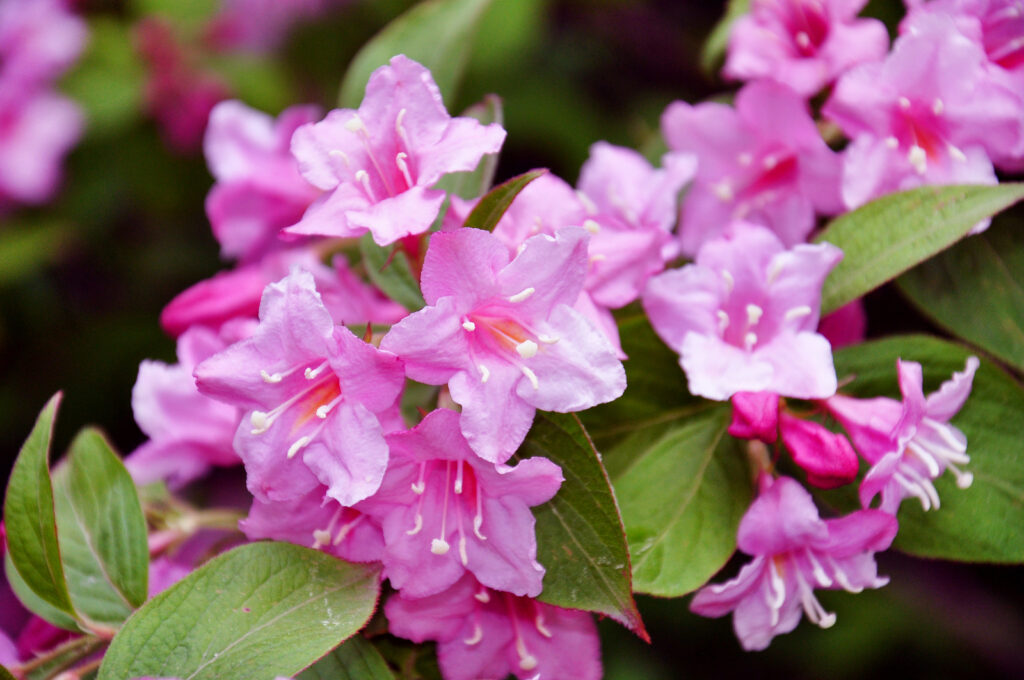
Be prepared for unexpected frost
- Group together annuals that are frost-sensitive. That way you can easily protect them with a frost blanket or row cover when an unexpected chill or frost comes.
Enrich the soil
- Add plenty of aged compost or commercial organic planting mix to planting beds. Soil rich in organic matter will be both moisture-retentive and well-drained as well as nutrient-rich. Well-drained soil is essential in humid regions where summer rainfall is plentiful. Healthy plants are best prepared to withstand heat stress.
- If rainfall is heavy where you live, raise your planting beds by mounding the soil up to create mounded beds. You can also construct raised beds. Mounded and raised beds are well-drained and lift plants above soggy soil and a high water table.



